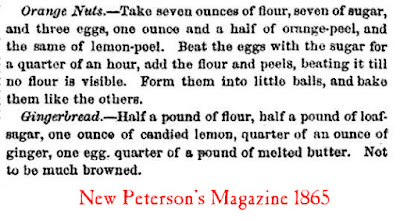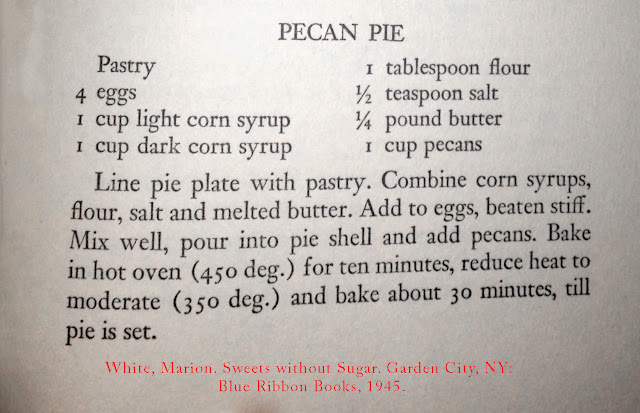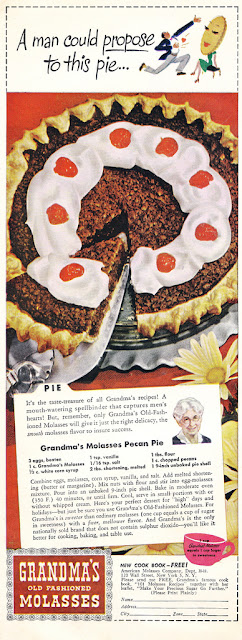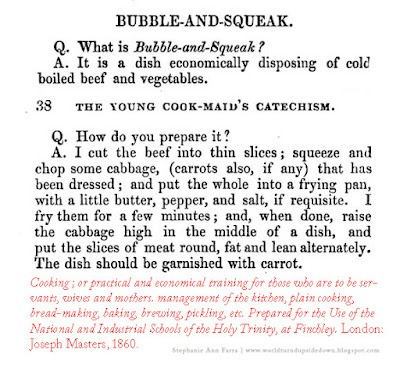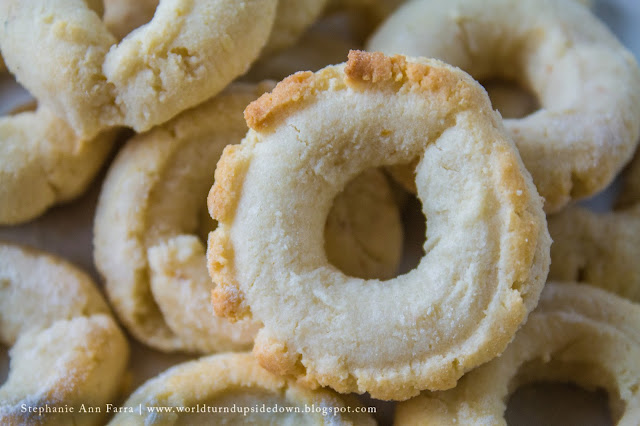This recipe is from the book Allied Cookery (1916), a book written to raise funds to support World War 1 victims in France. It contains recipes from the allied nations. It was the work of Gertrude Clergue and her sister Grace Harrison who were born of a French father and American mother. Clergue, was awarded the Medal of French Gratitude in 1920 fr her efforts. The funds would help rebuild farms and eventually the food supply in the war torn areas:
Unfortunately the list of calamities that have melted on France does not do not stop there: all the territory invaded by the German troops, from which they have been driven, which goes from the Marne to the Aisne, and that covered hundreds of prosperous villages in one of the regions the most fertile and richest in France, was ravaged by enemy troops. The owners of these thousands of farms - old men, women and children - have returned to their homes destroyed to raise their houses and have the land produced food they need. They lost everything: houses, furniture, clothes, animals, farm implements.
The book was reprinted in 1917 and 1936. I'm not an authority on Serbian cooking and I can't claim that this recipe is the most "authentic one." The book was published in mostly English and intended for American and Canadian audiences but looking at the recipes they do seem to match up on a basic level with foreign foods at the time. Some recipes use picked cabbage instead of relying on sauerkraut for the kick.
It is delicious and I can't wait to make this again. I walked in with the cabbage and my Grandma told me to bring down the extra because she would make stuffed cabbage. I said I was making stuffed cabbage and she was way more interested in having me do it. :)
WW1 Serbian Sarma
Ingredients:
- 1 Head of Cabbage
- 1 Cup of Rice
- 2 Pounds of Ground Beef
- 2 Pounds of Ground Pork
- 5 Onions, chopped
- 4 Egg, beaten
- Sauerkraut
- Salt
- Pepper
- Spoonful of Flour
- Spoonful of Paprika
- Lard/ shortening
Instructions:
Boil a pot of water,remove from heat and carefully add your cabbage. Fry your onions in a large frying pan in a spoonful of lard/shortening. (Remove one onion's worth to a separate bowl to use for the sauce.) Mix in the beef, pork, eggs, salt, pepper and uncooked rice until well combined. Set aside.
Carefully remove your cabbage from the water. Pat dry and remove the leaves.
Fill each cabbage leaf with two spoonfuls of filling and fold in the two sides and the top and bottom to form a little packet.
Fill the bottom of a deep casserole dish with some sauerkraut and the juice. Place the filled cabbage leaves in the dish, layering sauerkraut and cabbage leaves. Cover and bake for 45 minutes at 325.
Put the remaining onion into a frying pan on medium heat. Saute the onions in a spoonful of lard and add a spoonful of flour, a spoonful of paprika, and a cup of water. Cook until it thickens. Pour over the cabbage leaves and bake for another 15 minutes. Top with sour cream when serving, if desired.
***I used Impossible Burger meatless and Vegan Field Roast Frankfurters for this. I also halved the "meat" in the recipe, used vegetable shortening instead of lard and smoked paprika. You certainly could bake or cook it on the stove for the full two hours.***
Here's a video if you want to see the "pot" sarma is supposed to be baked in. I didn't have one so had to make do with a good ol' casserole dish.
Harrison, Grace Clergue, and Gertrude Clergue. Allied Cookery, British, French, Italian, Belgian, Russian. New York: G.P. Putnams Sons, 1916.












